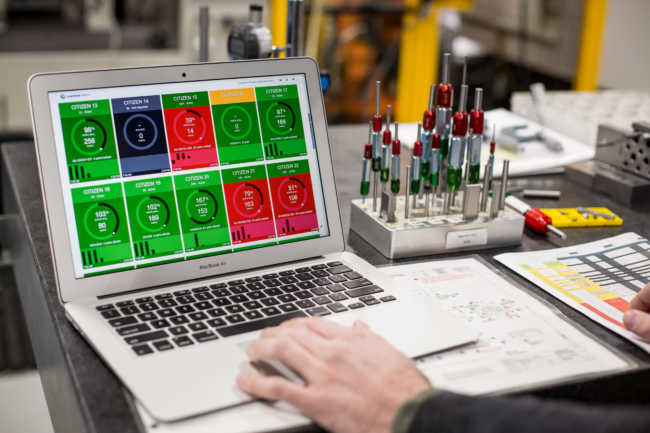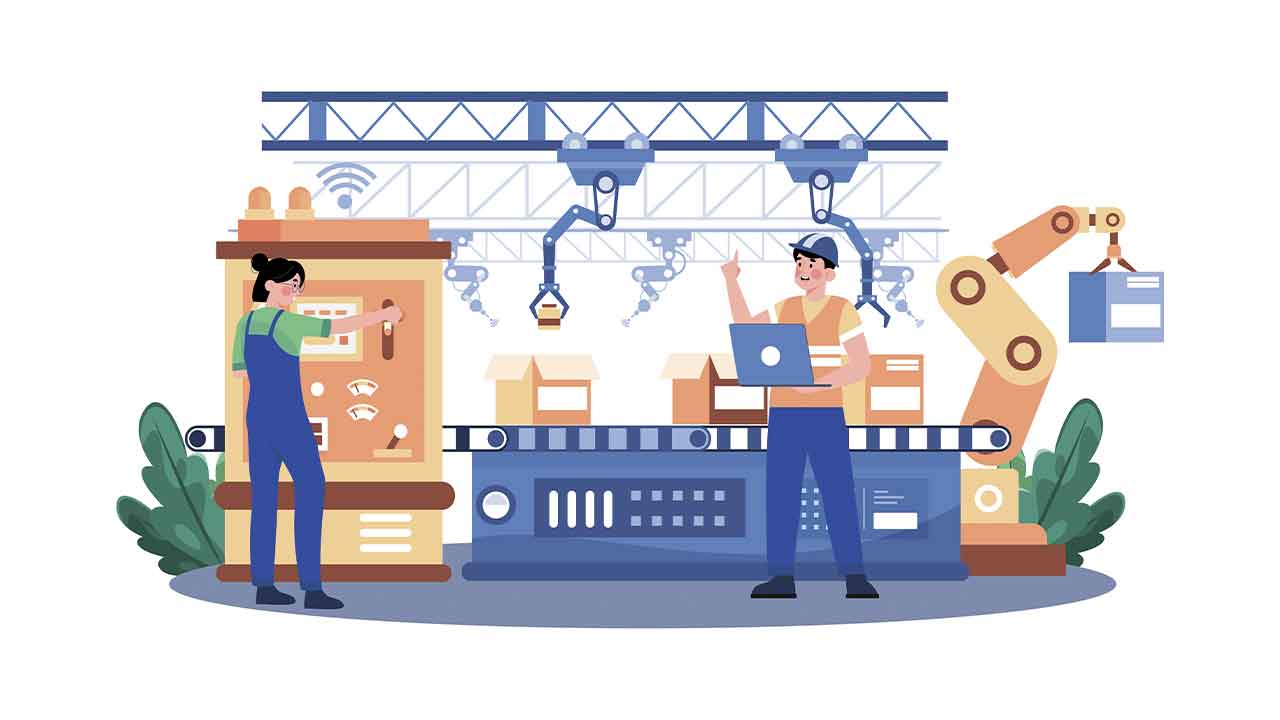Three key ways to ensure that implementing IIoT goes off smoothly
There are three key ways to ensure that implementing IIoT—and in particular IoT integration on the factory floor—in your manufacturing environment goes off without too much difficulty:
Make sure that you are not getting stuck with the 20/60/20 rule of change management. This is where 20% of your workforce is firmly on board with your plans, 60% are going along with it but are skeptical and 20% are not happy about it all. While 100% acceptance in any change management plan isn’t likely at the best of times, that last 20%, when it comes to integrating industrial IoT, can be difficult to ignore. One way you can improve on the 60% is to acknowledge those who are change averse and see if you can dig down as to why and get into some discussion about that bigger picture. Including people can help to make them feel that they have a stake in the changes. In addition, investing in training is the single best way to offset discomfort over the longer term. If people understand the WHY and the HOW, they’ll be happier to come along for the ride.
Make the switch to proactive maintenance. Before IIoT and lack of machine connectivity, big data and cloud based analytics, maintenance was by default reactive. There was some ability to plan maintenance thanks to historical patterns but, overall, the standard style was to wait for failure before fixing a problem. With solid data analysis, manufacturers can leverage IIoT to not only predict patterns and trends for the purposes of scheduling maintenance and production efficient times, but can also reach a stage of autonomous detection, self-correction or repair by machines.
Share your data but protect it too. One of the big advantages of IIoT is the ability to share data in real-time, even with third party suppliers. If they can see what your demand looks like, they can better forecast to provision you adequately. With that sharing comes a need to ensure that your data is secure. Cybersecurity is a core pillar when it comes to IIoT, with cloud-based data storage, management and wireless connectivity. Getting that set up from the beginning will ensure that you don’t have a downstream problem that will require a retrofitted solution.
Working with companies that are well versed and experienced in managing the change from traditional manufacturing practices to Industrial IoT and Industry 4.0 concepts is essential to a smooth transition, at all level of the organization. The era of big data is here for the taking!
More about What’s best for IIoT: An integration hub or an MQTT broker?
 Read the full article here. It was written by Graham Immerman, Director of Marketing for MachineMetrics, a venture-backed manufacturing analytics platform. Graham has quickly become an authority on digital transformation and the application of IIoT technology for the manufacturing industry. An accomplished leader and experienced start-up veteran with an integrated background in digital, social, traditional, account-based marketing, growth strategies, and business development.
Read the full article here. It was written by Graham Immerman, Director of Marketing for MachineMetrics, a venture-backed manufacturing analytics platform. Graham has quickly become an authority on digital transformation and the application of IIoT technology for the manufacturing industry. An accomplished leader and experienced start-up veteran with an integrated background in digital, social, traditional, account-based marketing, growth strategies, and business development.



